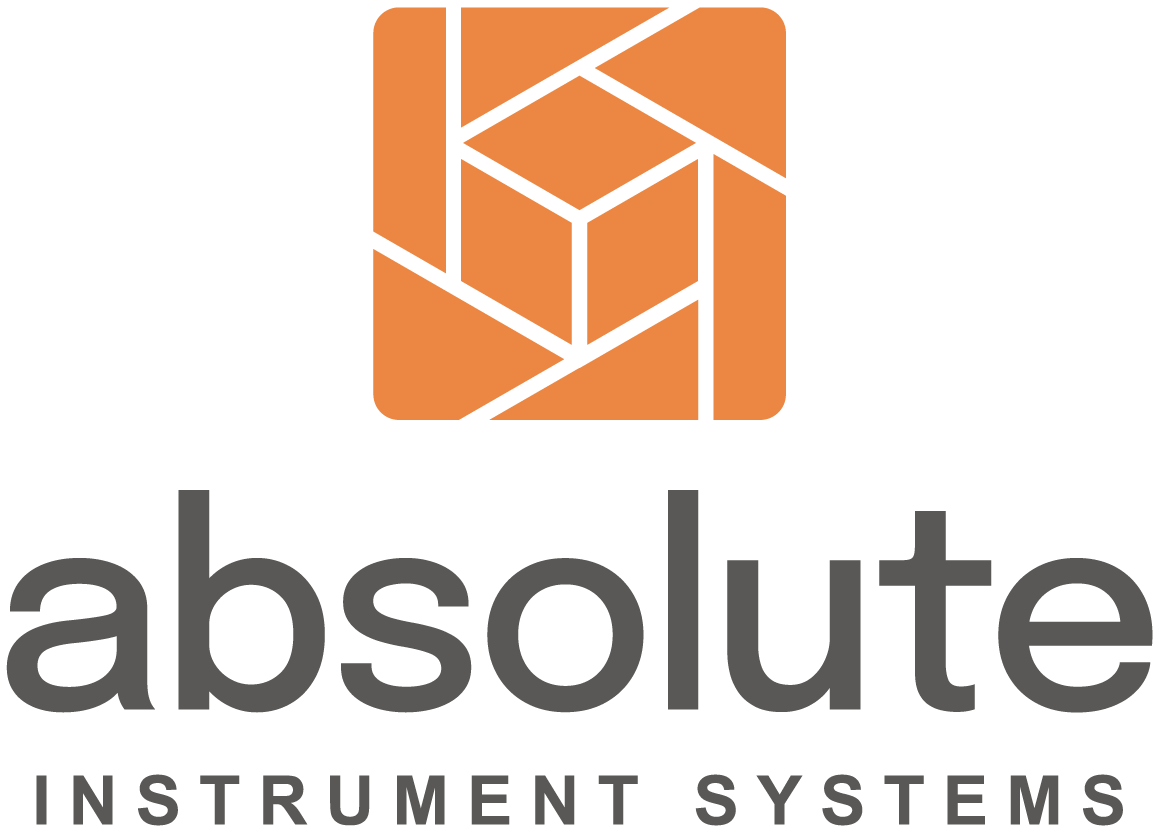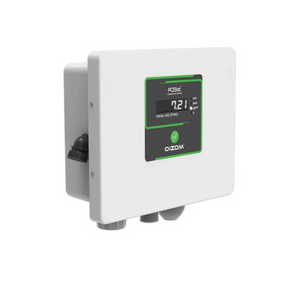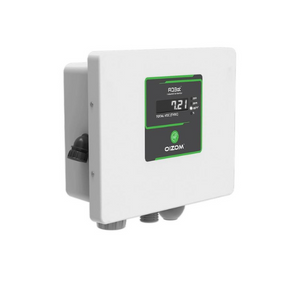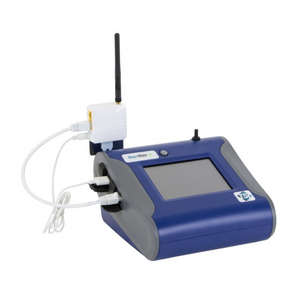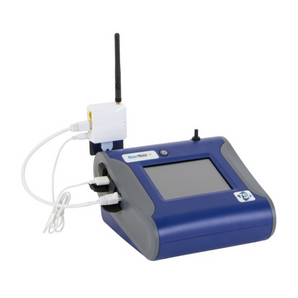Gas detectors are one of the most important safety tools in industrial environments, especially when it comes to working in confined spaces. These areas often have limited airflow and can accumulate dangerous levels of gases like carbon monoxide (CO), hydrogen sulfide (H₂S), or volatile organic compounds (VOCs). Without proper monitoring, workers can be exposed to life-threatening hazards in seconds.
In Singapore, industries such as shipbuilding, oil and gas, and wastewater treatment regularly face these risks. Regulations under the Workplace Safety and Health (WSH) framework require employers to assess and control such hazards, but compliance alone isn’t enough; proactive monitoring is what saves lives.
Confined Space Gas Hazards
Confined spaces aren’t just small rooms or tanks; they’re environments where ventilation is limited, making it easy for hazardous gases to accumulate. Even when the space appears safe, gases can be present without any smell or visible sign.
Some of the most common and dangerous gases found in confined spaces include:
-
Carbon Monoxide (CO): A colorless, odorless gas that can cause unconsciousness and death in high concentrations.
-
Hydrogen Sulfide (H₂S): Known for its “rotten egg” smell at low levels, but dangerously undetectable at high concentrations due to olfactory fatigue.
-
Volatile Organic Compounds (VOCs): Industrial solvents, fuels, and chemicals that can cause respiratory issue, dizziness, or long-term health damage.

Why Gas Detection matters beyond compliance
Many companies in Singapore already have safety protocols in place for confined space work, but incidents still happen. The key reason? Relying on outdated equipment or only conducting periodic checks instead of continuous monitoring.
Gas exposure can change within seconds, for example, when welding starts, when a valve is opened, or even due to temperature fluctuations. Gas detectors that provide real-time, continuous readings are essential not just for meeting regulations, but for ensuring workers have immediate warning when conditions become unsafe.
Fixed vs. Portable Gas Detection
When it comes to gas monitoring, companies typically choose between portable and fixed gas detectors, but in high-risk, continuous exposure zones, the choice should be clear.
Portable Gas Detectors
Lightweight, handheld devices that workers carry into confined spaces. They are ideal for short-term entry, inspections, or moving between multiple locations.
Fixed Gas Detectors
Permanently installed in high-risk zones, providing constant monitoring. These systems trigger alarms when gas levels exceed safe thresholds, even if no worker is present. This makes them the gold standard for environments where hazardous gases may be present at any time, such as processing plants, tunnels, or marine vessels.
Technology Spotlight
Absolute Instrument Systems offers a complete range of fixed and portable gas detectors technologies designed for industrial-grade reliability and accuracy. These systems are engineered to provide 24/7 protection, instant alerts, and seamless integration into facility safety networks.
Here are the flagship solutions:
Fixed
SI-200E Fixed Gas Detector
Designed by Senko to detect oxygen, toxic gases, and combustible gases with precision, offering both real-time concentration readings and self-diagnostics via LED display.
SensAlert ASI
Designed for continuous monitoring in extreme environments, the SensAlert ASI is certified for hazardous locations. It offers fast response times and supports a wide range of toxic and combustible gases.
SensAlert
A flexible fixed gas detector suitable for multiple industrial applications. It delivers reliable readings, user-friendly maintenance, and is compatible with various sensor types for specific gas hazards.
SensAir
A cost-effective yet robust option for facilities needing continuous detection of common industrial gases. Sensair combines simplicity with dependable performance.
SensAlarm Plus
A standalone system that integrates both detection and alarm functions in a single unit. Perfect for locations that need local alerts and visual indicators without additional control systems.
Portable
Gas-Pro by Senko
A versatile multi-gas monitor capable of detecting up to five gases simultaneously, designed for confined space entry and leak investigation.
Senko MGT Multi-Gas Detector
Simultaneously monitors multiple gases, providing an essential safety tool for hazardous work environments.
Duo Tracer Dual Gas Detector
Offers dual-gas monitoring capability for flexible safety coverage during dynamic operations.
These technologies help companies in Singapore comply with WSH and international safety standards, reduce the risk of gas-related incidents, and maintain a safe working environment.
GfG Micro IV
A compact, single-gas detector that’s perfect for personal monitoring in high-risk environments.
Tiger XT by Ion Science
Specializes in VOC detection with exceptional accuracy, making it ideal for petrochemical, manufacturing, and environmental applications.

Building a Safety Culture around Gas Detection
Having the best gas detector technology is only part of the solution. Companies must also invest in:
-
Regular calibration and maintenance of equipment.
-
Training workers on how to interpret readings and respond to alarms.
-
Establishing clear emergency procedures for confined space work.
By combining reliable technology with strong safety protocols, industries can protect workers, avoid costly downtime, and prevent regulatory penalties.
Conclusion
In industrial Singapore, where confined spaces are part of daily operations, gas detectors aren’t just a tool; they’re a lifeline. Fixed and portable detection systems, especially when paired with robust safety processes, ensure that no hazardous gas goes unnoticed. The result is a safer workplace, a stronger compliance record, and most importantly, workers who can go home healthy at the end of every shift.
